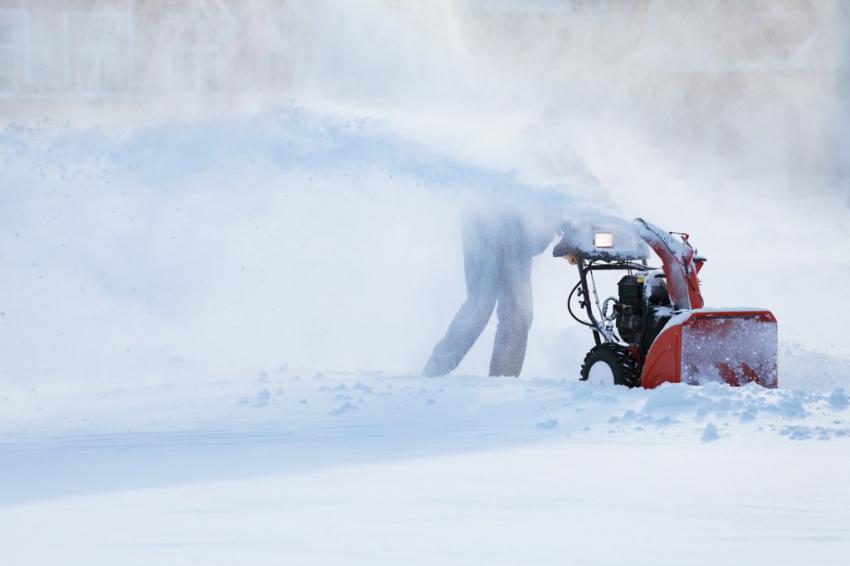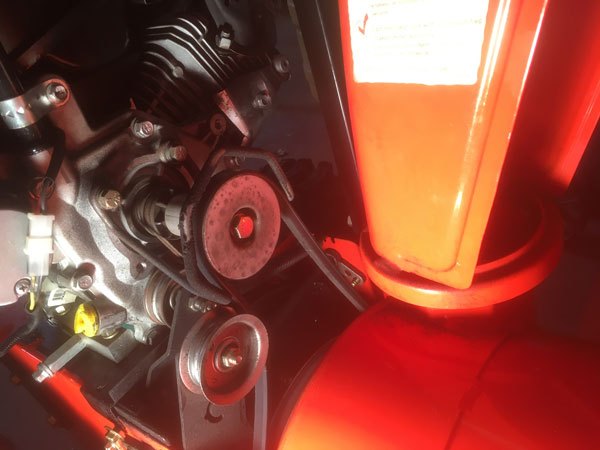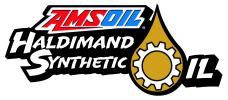
Don't Overlook When Maintaining A Snowblower
Have you ever been stuck in the shed disassembling the carburetor on your snowblower, reeking of gasoline while your family is inside enjoying a hot meal?
Snowblower maintenance can be expressed in a Golden Rule: Maintain the fuel system.
A snowblower that won’t start often boils down to a fuel problem. Nothing raises your blood pressure like a dead snowblower following the first snowstorm of the season.
Preventing fuel-system problems kicks off in the spring prior to storage. Following this guide will ensure you can tackle winter with a reliable snow blower. Say goodbye to your shovel and spend more time enjoying the winter weather!
Leave the carburetor full of gas
One theory says that shutting off the fuel line and run the engine until the
carburetor empties of fuel helps prevent varnish that plugs the jets and prevents starting.
However, leaving the carburetor empty and exposed to air hastens oxidation and varnish. Fluctuating temperatures and humidity throughout the summer invites varnish to form, and it doesn’t take much to plug the tiny orifices in a carburetor.
As an alternative, add fuel stabilizer at the end of the season. Then, run the engine for a few minutes to distribute the treated gas throughout the system and then shut down the engine. Now you can shut off the fuel line for the summer. The treated fuel in the carburetor bowl provides protection and helps keep components clean.
Some will suggest running the snowblower until the carburetor is empty since the gas will evaporate anyway. That can be true, but evaporation takes time, and the carburetor will at least be protected in the interim.
Stabilize gasoline
As mentioned above, treat gas with fuel stabilizer prior to storage. Stabilized fuel protects against oxidation and varnish throughout the summer.
Use ethanol-free gas
When water infiltrates your gas tank in the form of melted snow or by way of condensation, it can cause phase separation. This is a phenomenon that occurs when the bond between ethanol (present in most gasoline sold today) and gasoline breaks. When this ethanol/water mixture enters the combustion chamber, it creates a lean-burn situation that can damage the engine.
For best performance, use 91-octane, non-oxygenated (ethanol-free) gas. Many gas stations offer non-oxygenated gas and advertise it for powersports and off-road use. It’s a little more expensive, but spending a few extra dollars a winter to help your $1,000 dollar machine run strong isn’t a factor, in my opinion. At the very least, use ethanol-free gas during storage to help ward off phase separation.
If you use ethanol-blended gas, consider continuous use of a fuel additive, such as AMSOIL Quickshot , formulated to address ethanol-related performance issues.
Change the oil in the spring
Used oil contains acids that can slowly corrode metal components. Prior to storage, change the oil to remove acidic byproducts and ensure maximum protection throughout the summer. After changing oil, I like to run the engine for a couple minutes to distribute oil throughout the lower end of the engine.
Fog the engine
Use fogging oil to protect the upper end (cylinder, piston, valves) from corrosion during storage. Remove the spark plug, which provides the perfect time to inspect its condition, and spray a little oil into the cylinder. Slowly pull the starter cord a few times to distribute the oil, then replace the plug.
Check the gear housing
Clean any debris from around the filler port on the auger gear housing, remove the plug and ensure the gear lube level is up to the top. If not, add the correct lubricant (check your owner’s manual for viscosity).
Inspect belt condition and linkages
 Stressing a worn belt after the snowblower has sat idle for months is a recipe for a
breakdown. When a belt does break, it’s often while clearing the first big snowfall of the year. Spring is the prime time to check the condition of drive belts and linkages. It’s much easier and far more comfortable to crawl around your snowblower on a mild, spring day than in the winter.
Stressing a worn belt after the snowblower has sat idle for months is a recipe for a
breakdown. When a belt does break, it’s often while clearing the first big snowfall of the year. Spring is the prime time to check the condition of drive belts and linkages. It’s much easier and far more comfortable to crawl around your snowblower on a mild, spring day than in the winter.
One final word of advice: Keep an eye on the weather at the start of your winter season. When the forecast calls for the first snowstorm of the season, start your snowblower a few days early to ensure it is ready to go.
That affords you plenty of time if the snowblower won’t start – to fix any problems.






 Canada
Canada United States
United States